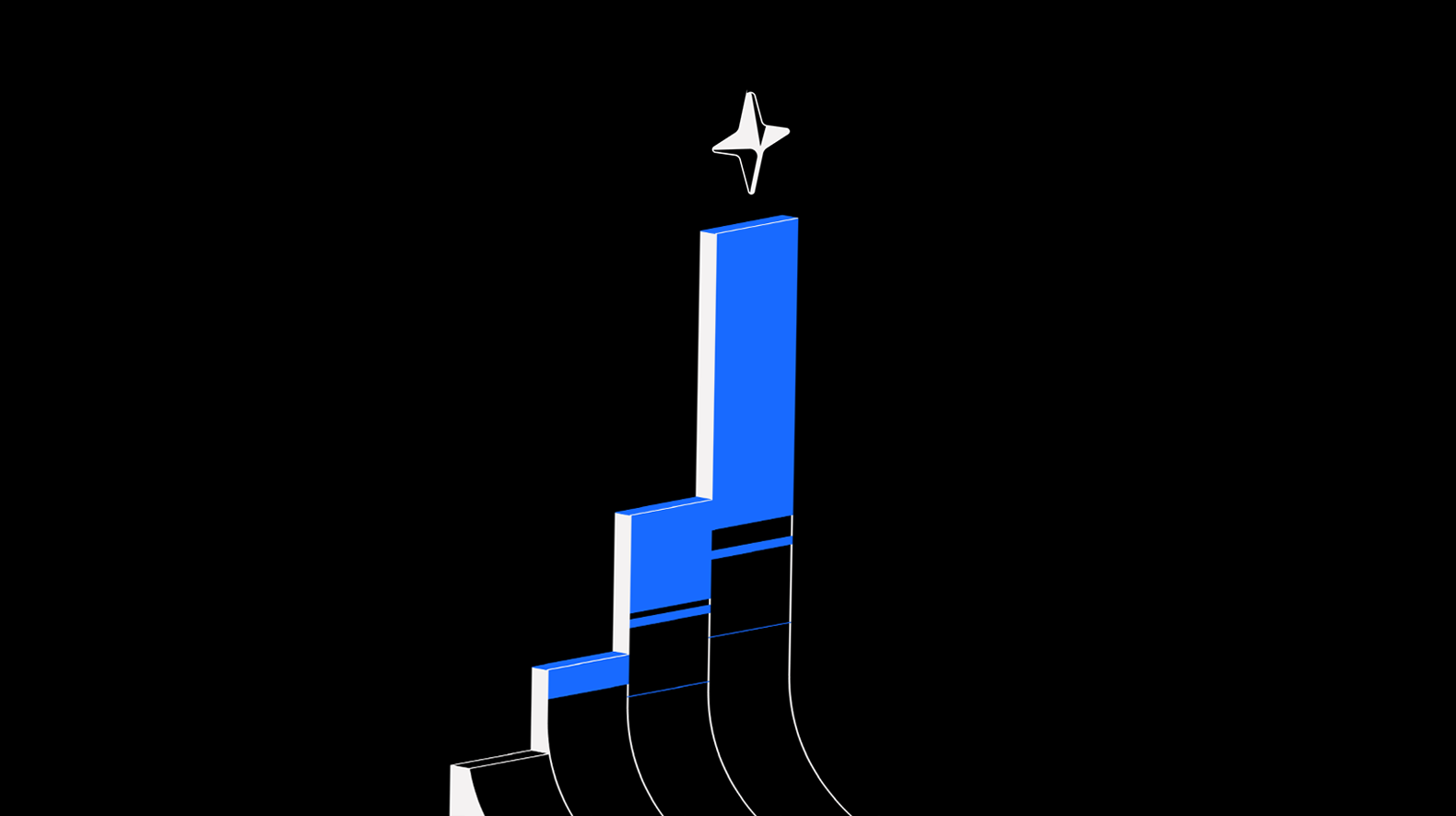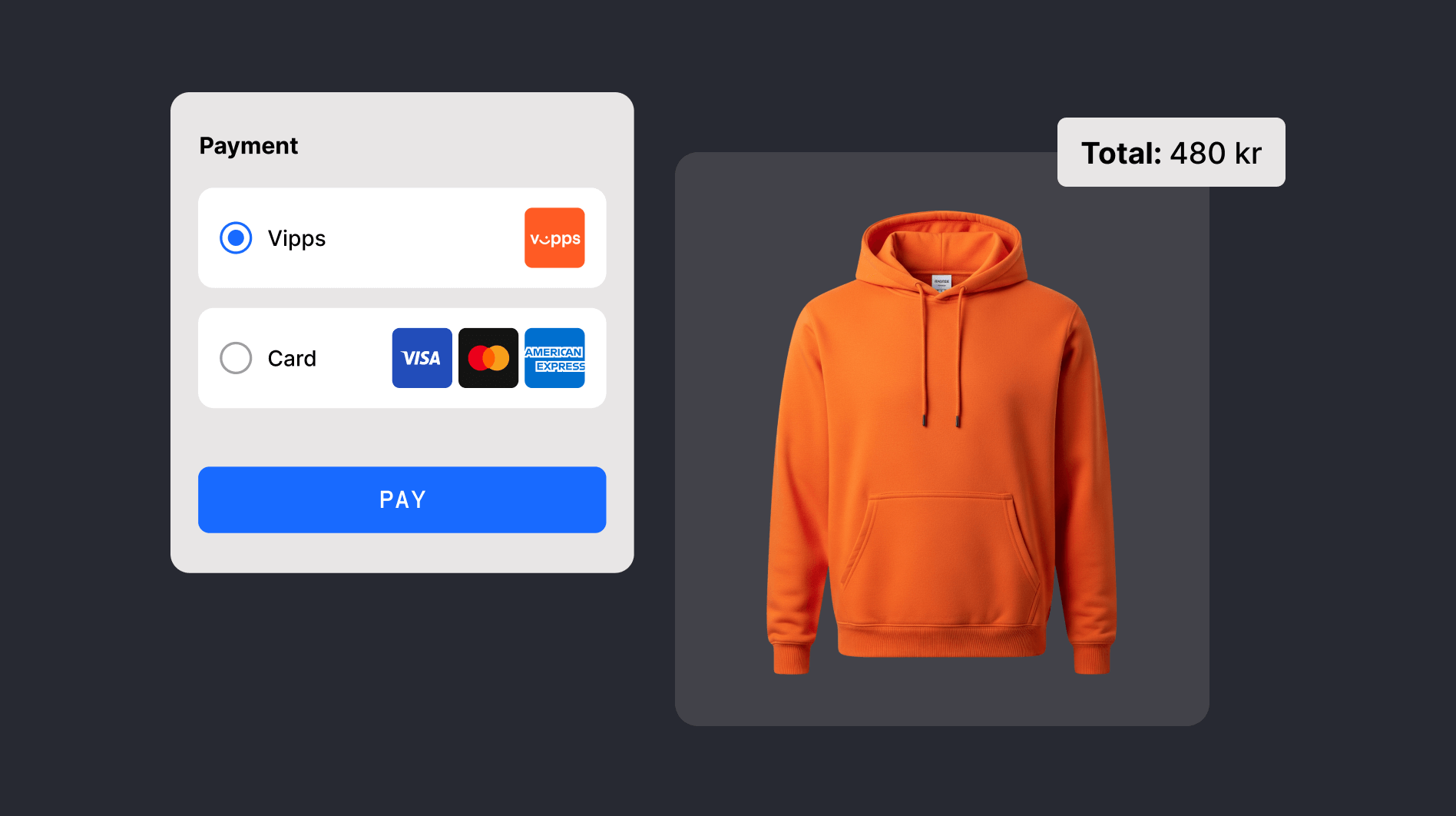There are many things in life we take for granted. The ability to have a parcel shipped to our doorstep within a day, for example. Or how we can enter some numbers on a website to pay for goods and services.
Yet while these luxuries of modern life appear instant and hassle-free, the reality is that, behind the scenes, they require large networks of people and companies working in tandem, round the clock, to achieve such seemingly effortless results.
As a term, payment network is a slippery concept. It can refer to both the organizations – like Visa and Mastercard – that enable online payments to take place, as well as the technical infrastructure that underpins all cashless transactions.
That’s why below, we’re defining what payment networks are (with examples), and how they work in the context of a card transaction. We’ll cover the four different categories of payment networks and discuss the world’s biggest, then explore how you can discover payment networks with Checkout.com.
What are payment networks?
Payment networks are organizations that enable the electronic transfer of funds between individuals, businesses, or financial institutions.
These networks (which include household names such as Visa, Mastercard, Discover, and American Express) involve interconnected ecosystems of financial entities – such as banks, credit card companies, and credit unions – that work together to process cashless transactions: moving money from one party to another as securely, quickly, and affordably as possible.
Payment networks are generally self-governed and maintained by a group of their own members, and operated under the governance of a specific set of guidelines and regulations.
There are four categories of payment networks: card networks, EFT (Electronic Fund Transfer) systems, peer-to-peer (P2P) payment networks, and ATMs.
We’ll unpack each in more detail below.
Credit card networks
Card networks enable transactions made with credit or debit cards to take place. These networks bring together cardholders, merchants, issuers, and acquirers to facilitate funds’ authorization, clearing, and settlement via credit or debit cards.
In the US, the four major card networks are familiar names: Visa, Mastercard, American Express, and Discover.
Of these, Visa and Mastercard – which together lay claim to around 87% of the global credit card market share – are ‘open’ networks, while American Express and Discover are ‘closed’ networks. The difference is that in open networks, third parties can issue credit cards to consumers on the network’s behalf. That’s why most locally issued cards in the US and Europe bear the Visa or Mastercard logo. In contrast, in closed networks, card companies must issue the card directly to the customer.
Internationally, popular card networks include JCB (Japan Credit Bureau), and Interac, a Canadian company with almost 60,000 ATMs.
Electronic Fund Transfers (EFTs)
An EFT is a type of transaction that, as the name suggests, moves money via digital means: between individuals, businesses, or financial institutions.
EFT is a broad term encompassing a wide range of electronic transaction types, including:
- ACH (Automated Clearing House), a domestic EFT network enabling credit unions and banks throughout the US to make and receive cashless payments and transfers. Along with BACS – which we touch on below – ACH is a network that allows businesses, via direct debit mandates, to ‘pull’ funds from consenting cardholder accounts.
- Wire transfers, a way of ‘wiring’ money electronically between bank accounts and individuals. It relies on a network called the Fedwire Funds Service (operated by the Federal Reserve, formerly known as the Federal Reserve Wire Network.)
- CHIPS (Clearing House Interbank Payments System), a private domestic network – the biggest of its kind in the world – used for large bank transfers (generally, those comprising hundreds of thousands, or millions, of US dollars.)
- CHAPS (Clearing House Automated Payment System), a UK network that facilitates real-time payments in the British pound (GBP). Here at Checkout.com, we provide access to this through the Faster Payments (FPS) network.
- BACS (Bankers’ Automated Clearing System), another UK network responsible for clearing and settling bank-to-bank transfers.
- SEPA (Single Euro Payments Area), a payment network consisting of 36 European countries, created to simplify EFTs – particularly cross-border transactions – in euros. SEPA is among the most widely used payment methods in the world.
- SPFS (System for Transfer of Financial Messages), a payment network created by Russia following its economic sanctioning by the US during the Russo-Ukrainian war, and Russia’s ban from SWIFT participation. It’s operated by Russia’s national bank.
- CIPS (Cross-Border Interbank Payment System), a People’s Bank of China-backed payment network that supports international payments in Chinese yuan.
Want to learn more about EFTs? Perhaps explore the difference between ACH and wire transfer, for example, or dive deeper into SEPA payments? Read more, or browse our guide to the top alternative payment methods your business needs to know about in 2025.
Peer-to-peer (P2P) payment networks
Peer-to-peer (P2P) payment networks enable businesses and individuals to transact by electronically sending funds to each other, be it a person reimbursing a friend for dinner, sending birthday money to a loved one, or paying a business. All without relying on the payment networks of traditional, established financial institutions.
ATMs
Automated teller machines (ATMs) – or simply ‘cash machines’ if you’re in the UK – enable customers to withdraw, deposit, and transfer cash between accounts.
And yes, like credit cards, EFTs, and peer-to-peer payments, ATMs run on their own network. Financial institutions partner with this network to enable their cardholders to access ATM services.
Globally, Plus and Cirrus – which are owned by Visa and Mastercard, respectively – are the world’s largest ATM networks. In the US, Accel, Shazam, PULSE, STAR, Jeanie, and Interlink are among the most prominent names. In Europe, Bancontact, Bancomat, Cartes Bancaires, and Multibanco are some of the big players.
How do payment networks work?
Essentially, payment networks such as Visa or Mastercard act as intermediaries: facilitating transactions between cardholders, merchants, and both the issuer and acquirer.
How do they work? Well, let’s take Visa – the credit card network with the largest market share (61.6% in the US; 40% globally) – as an example.
To make a card transaction through Visa, a customer must first obtain a payment card – debit, credit, or prepaid – from a Visa-affiliated financial institution, such as a bank or credit union (this is the entity known as the issuer, because it issues cards to customers.)
When the customer makes a purchase, the merchant – who has a relationship with a financial institution known as an acquirer, the entity responsible for handling the payment on the merchant's behalf – sends an authorization request to Visa. Then, this request (which contains details about the transaction, such as the card number or purchase amount) goes, via a payment gateway, to the payment network.
Then, the payment network – in the above example, Visa – forwards this authorization request to the card issuer, which checks to make sure all the details line up. If so, the issuer relays its response back to the payment network, which passes it on to the merchant to be finalized.
After the transaction is approved, the payment network then facilitates two key processes:
- Clearing: the payment network works with the acquirer and issuer to ensure funds are available and that the transaction is valid.
- Settling: the payment network oversees the transfer of funds from the issuer to the acquirer.
Throughout this process, payment networks utilize an array of security and anti-fraud measures, including encryption and tokenization, to keep transactions safe.
For a more detailed take on what happens in a card transaction – and the role payment networks play – explore our guide to how to accept credit card payments.
What are the biggest payment networks?
Among the biggest payment networks in the world are:
- Visa, which in 2024 processed 233.8 billion transactions on its network with a payments volume of $13.2 trillion, and lays claim to just short of 62% of the credit card market share in the US.
- Mastercard, with just over one quarter (25.7%) of the US credit card market share. In 2024, the overall transaction value of Mastercard’s credit cards was $4.4 trillion dollars worldwide.
- American Express, with its command of 10.5% of the US market share, reported that in 2024 it processed $1.8 trillion in volume and had 146.4 million cards-in-force worldwide, both from its direct and third-party issued cards.
- Discover, which accounts for just 2.2% of US market share, reported $224.58 billion in total credit card volume in 2024.
Discover payment networks with Checkout.com
As a business offering online payments, it’s vital to understand what payment networks are and the kind of role they play in the cashless transactions you accept.
And, fortunately, that’s not an understanding you have to come to alone.
Here at Checkout.com, we act as an acquirer, a payment gateway, and a payment processor. That means we’ll not only process your payments – quickly, effectively, and securely – but liaise with the payment networks on your behalf. We’ll handle and coordinate the transaction, alongside the payment networks, for you, so you can do what you do best: business.
Read more to discover the difference between an acquirer and issuer, a payment gateway and payment processor, or an acquirer and payment processor.
Want to uncover the ease and convenience of accepting payments through a single partner? Get in touch with our team of experts here at Checkout.com today for a friendly, no-obligation conversation about how we can support your business.













.png)


